With all this talk of live rock and metal halides, it made us take a trip down memory lane, recalling what we did differently in the earlier days of reefing, as well as the equipment and methodologies that have stood the test of time. We look back at what used to be available, weigh up their pros and cons, and decide which, given the choice, we would run now too.
Lighting
Lighting is one factor that has changed radically throughout the decades. Although some hardcore hobbyists still covet metal halide and T5 fluorescent lights, LED is the dominant force in reef lighting now because of its cool running temperature, programming capability, and how it makes the coral colors really pop. Metal halide was the closest thing we had to the sun, but before that was Mercury Vapour, and who used T8 or even T12 fluorescent tubes before T5? LED had its own technology race too, as early versions went up against plasma lights. We are lucky to have owned and run Mercury Vapour, Metal Halide, T12, T8, T5, and LED on our tanks, and although each has coral credentials and fond memories, the color, control, and ease of tank mounting offered by LED means it remains our reef tank lighting both for present and the future.
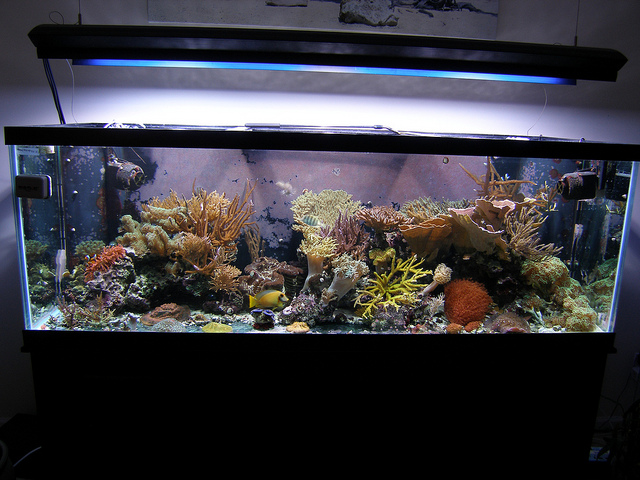
Protein skimmers
The first protein skimmers we ran were air-powered. Bubbles were provided by an airpump and a limewood airstone, and contact time could only be increased with unit height. Some air-powered skimmers were several feet high and although we still carry an air-powered skimmer in our antiquities collection, they were a pain to run and not a patch on what we have now. The needle wheel skimmer changed everything, swapping out a centrifugal pump’s standard impeller for one which smashed up air bubbles, and couple that with a standpipe for level control and a cone-shaped body to concentrate the foam and you have a winning, very effective formula. DC pumps and precision gate valves have improved things even more, and now we get a huge amount of bubbles in a compact unit that we can fit in a sump, under a tank. Protein skimmers and their many benefits have stood the test of reefing time, we wouldn’t be without them, and the modern ones are so much better than the old ones, it’s no contest.
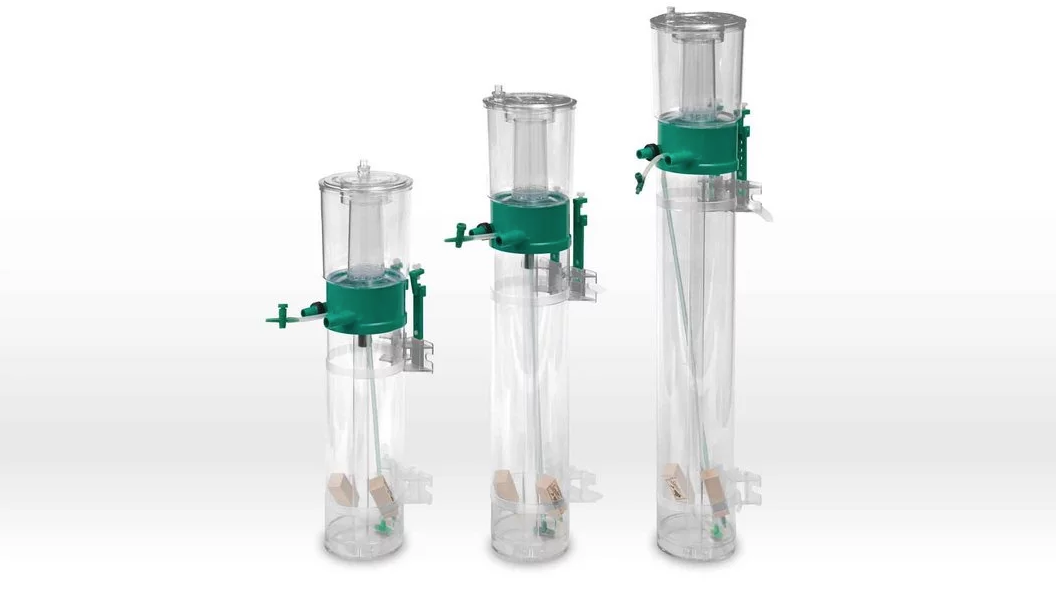
Wave pumps
The first wave pumps we ran were Aquaclear powerheads by Rolf C Hagen, and Maxijets. These hangovers from the undergravel filter era actually powered undergravels in reef tanks, until the Berlin Method convinced us to ditch the undergravel in favor of a system based on live rock, a protein skimmer, and the pumps untethered, to provide flow to the rock and the corals. AC-powered pumps from the freshwater side had very little that could go wrong with them, although they weren’t controllable, were limited to around 1000lph, and their tiny inlet strainers had a habit of sucking livestock onto them. You needed a lot of them lot too, and recall some tanks running a dozen of them, all producing heat in the main tank.
Tunze changed things by inventing the propellor pump, and Hydor made their version that was cheaper and more widely available. The way we delivered flow changed overnight from small jets to wide waves, and early AC controllers enabled whole pumps to be switched on and off alternately before DC pumps came in, with ever smaller and flatter profiles, and eventually app control. Maxspect’s Gyre pumps offered an alternative to propellor pumps and now it’s a two-horse race with fans of both technologies. We love Aquaclear and Maxijet powerheads, but given the choice today, again it’s no contest. We’re much better off with modern wave pumps.
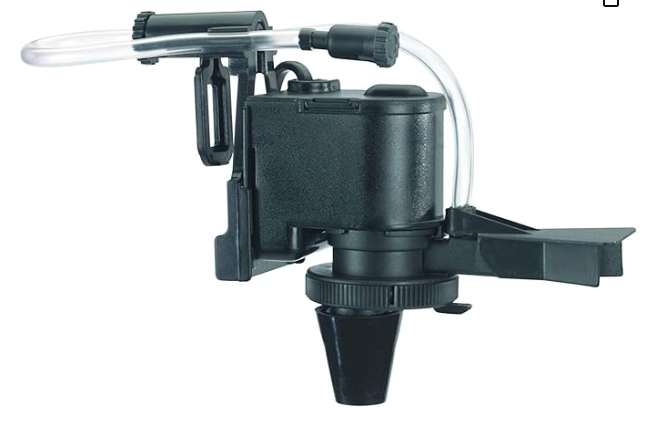
Substrate
It’s fair to say that we are obsessed with substrates. Coral sand and its exotic look have pretty much dominated the base of our tanks for decades, although not everyone has any substrate at all these days, and that is one big fundamental difference. Coral sand and coral gravel were essential parts of early reef tanks, providing mechanical and biological filtration via undergravel filters. From undergravels we tried plenums, deep sand beds, and mud beds, as well as live sand, and choice opened up to include sugar-sized oolitic sand, and even black. With fine sand it’s hard to keep it in one place with modern wave pumps and there are lots of merit for bare bottom tanks in terms of system cleanliness. Larger grain sands and gravels can be vacuumed however and stay in one place, gobies need something to sift, and wrasses need somewhere to sleep, so good old coral sand has stood the test of time, and we still use it in most of our tanks!
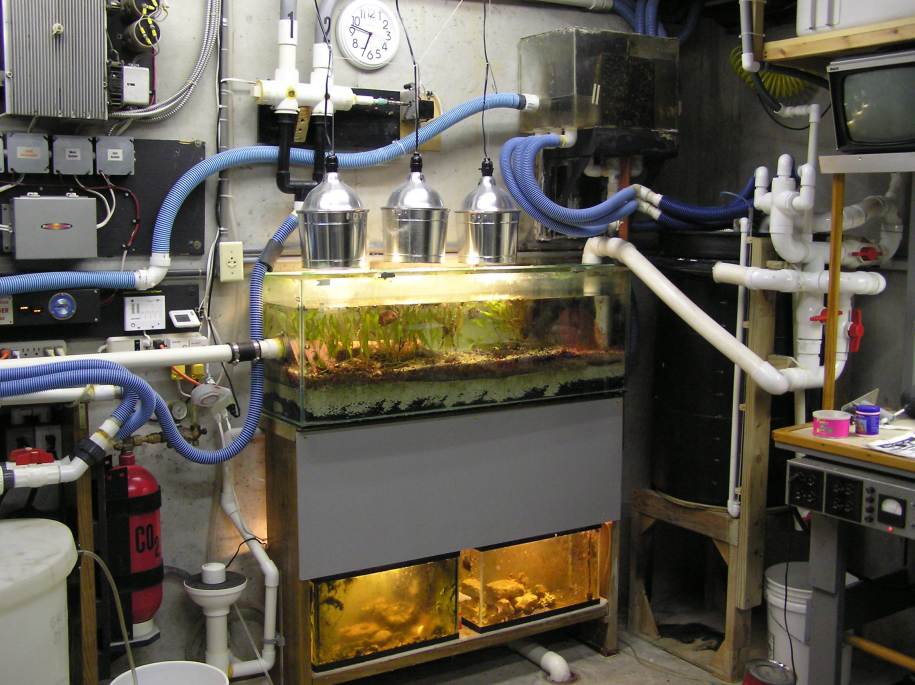
Heaters
We’ve seen heaters go from separate heaters and thermostats to combined heaterstats, to separate heaters and thermostats again. For a small tank a combined heaterstat, even a preset one, is absolutely fine, generally reliable, and very low hassle. For larger tanks, a titanium heater and separate digital stat is the most popular, although monitoring systems can be further employed to cut off power to a heater if something goes wrong. We like chillers with heaters built-in so that they never fight, but we think the failure rate of modern heaters is still as it was thirty years ago or more. It’s only the access to app notifications anywhere in the world, and the ability to turn them off via something like an Apex that has made heating solutions better than they once were.

Dosing
Go back thirty years and calcium reactors were the weapon of choice for holding alkalinity and providing elements to fuel coral growth, with a few hardcore reefers running Kalkwasser as well. Kalkwasser has had a revival of late as we better understand the importance of pH, and Calcium reactors are still available and still a reliable choice for many. Dosing pumps have changed the world of mineral replacement however, not just improving the way we deliver effluent from calcium reactors and kalkwasser stirrers, but being able to be used on their own to deliver myriad concoctions of liquid mineral concentrations and in timed, very controlled doses. Couple that with the monitoring capability of alkalinity and more, only dosing when required, modern dosing pumps are definitely our dosing method of choice over calcium reactors.
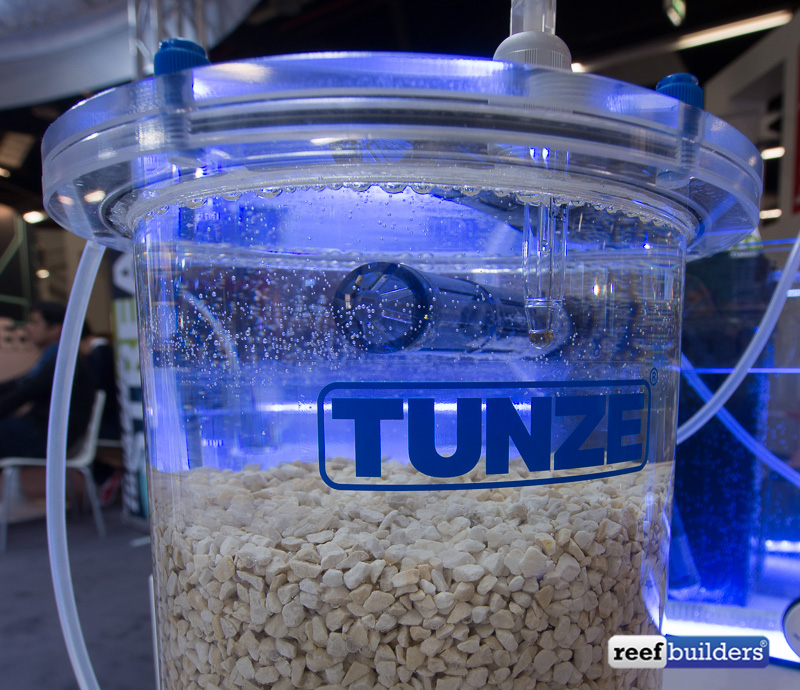
Rockwork
The jury is out on this one! We used, coveted, retailed, and imported live rock some 25 years ago and well-cured, Fijian live rock is like a living reef itself. We don’t miss the curing however, the aquascaping at speed in order to keep it wet, or the pests that came in with it, from pistol and mantis shrimp to Bobbit worms and even Octopus! And despite all the counterarguments going on lately, yes, we still got lots of nuisance algae back then. It wasn’t a miracle cure for high nitrate either, despite being sold as such. Then there are the modern issues like wild collection, shipping, and sustainability.
Dry rock or man-made rock offers far more aquascaping opportunities and is pest-free. Yes, it is effectively sterile but bacteria can be added in a bottle, and nuisance algae does go, eventually. So which is better? Live rock or dry rock? We’re going to cheat on this answer, as we would use dry rock to scape the tank and perhaps place a really mature piece of live rock in the sump to transfer all its microbial and critter goodness. The answer for us at least, is to have a mixture and reap the benefits of both.
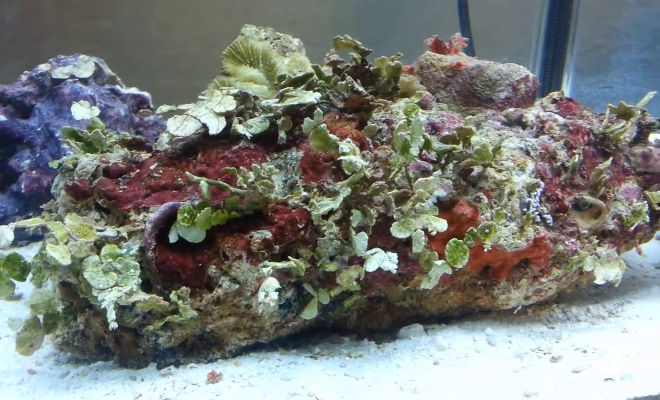
Salt
Go back a very long time and naturally collected sweater was the only way, but the invention of synthetic sea salt mixes changed this hobby for the better, and it is still widely used today. Reef recipe salt mixes developed as we turned to RO water for our source water and the alk, calc, and mag values of salt mixes became a big deal, along with being free from nitrates and phosphates. Now natural seawater is back, and being sold in some stores, but salt mixes face a new threat via ICP testing, and consumers doing their own tests on the salt they mix up. Or we can just not change the water at all, filling the tank once then ICP testing and replacing elements as needed. All those aspects make salt quite different from how it once was. We grew up using salt buckets and confess to still using them and changing water with it now. Synthetic or evaporative, we use both and although we love the thought of using natural seawater a bucket of salt and an RO unit is still the most enabling in terms of being able to set up tanks and change the water from home.
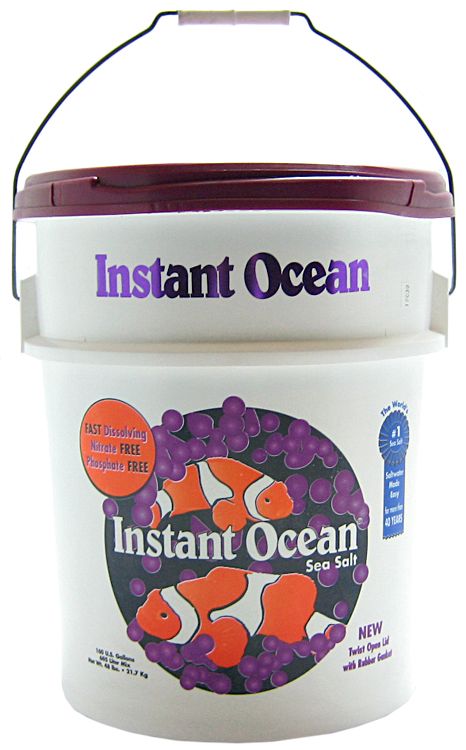
So which is best?
We’ve been keeping saltwater aquariums for a long time, and although we look back with rose-tinted spectacles to tanks gone by, we think we’ve never had it as good as it is now. And with more captive-bred fish and even captive-spawned corals on the horizon, we have a lot to look forward to.


